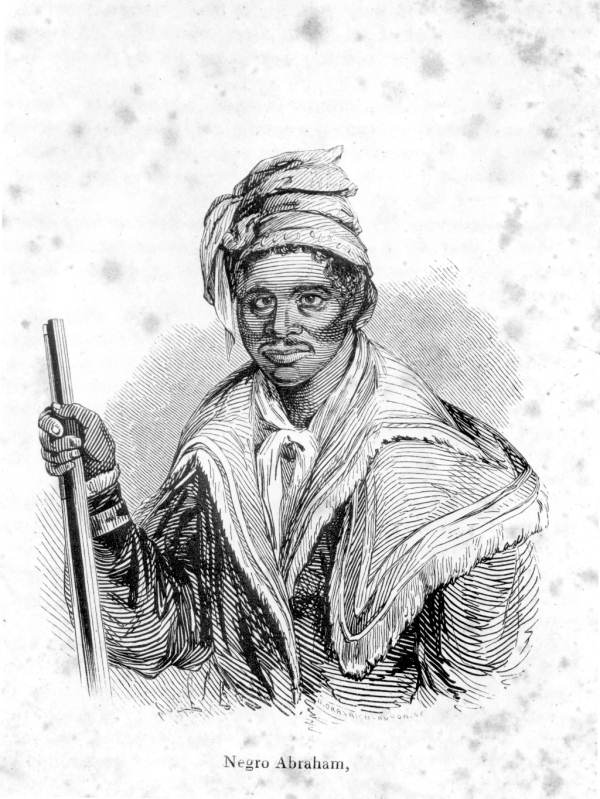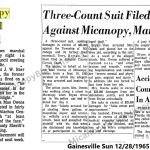Black Population Decline in Micanopy

The migration of Black people to Micanopy, Florida can be traced back to the late 19th and early 20th centuries, as part of a broader movement of Black people from the rural South to urban areas in search of better economic opportunities and an escape from racial oppression.

When Micanopy was founded in 1821, Florida had just become a US territory and had been inhabited by indigenous peoples like the Timucua and the Seminole for thousands of years. During this time, the territory was a popular destination for runaway slaves who sought refuge among the Seminole people. Chief Micanopy led this precedent by hiring more than 100 fugitive Black slaves to work on his farms in the early 1800’s.
As the colonizers began colonizing, many enslaved Africans and their descendants were brought to the region to work on plantations.
After emancipation in the late 1800s, free Black families from South Carolina, Georgia and nearby states began to settle in Micanopy and other parts of Alachua County as farmers, sharecroppers, and laborers. Many worked in the citrus and turpentine industries, as well as in lumber mills and phosphate mines. Many Blacks found a refuge in the rural area where there were opportunities for honest work, and even though the races were segregated, they seemed satisfied with life. As the decades passed, Blacks also established businesses, schools, and churches in the area, creating a vibrant and thriving community in Micanopy.

By 1980, Black people comprised 70% of the population of Micanopy. During this era, Black parents stressed the importance of higher education and religion. All Black children were strongly encouraged, and sometimes forced, to choose college over any other career path.
Because Black children in the 1970’s and 1980’s were streamlined to seek higher education, by the year 2000, the Black population of Micanopy had declined to 28%. Many of the Black children who had listened dutifully to their parents, educated themselves, and gained employment outside of Micanopy, never returned. With little to no professional job opportunities in the town of Micanopy, most educated Black professionals have no other choice but to live outside of Micanopy.
By 2020, Micanopy’s Black population had declined even further to 8%.
 Previous Post
Previous Post Next Post
Next Post

Wow! That’s a huge decline. Does that mean there are only 48 (approx) Black people living in Micanopy today?
Were there no jobs available in Gainesville for Black folks who lost their jobs when the Franklin Crate factory closed down? Also, most of the decline happened BEFORE Franklin Crates closed down. Were they laying off lots of workers before they closed? Questions, questions…
I am privileged enough to live on a portion of A Nelson Estates and have been researching the family. Allen and family came south from North Carolina with Thrasher immediately following the Civil War. He received/purchased land and cultivated it. It must have been Orange groves because there are still a couple sweet orange trees huddled in the woods nearby. The family began dispersing immediately after the freezes 1894-5 and can be found in Putnam county 1900 as well as Lake by 1910.